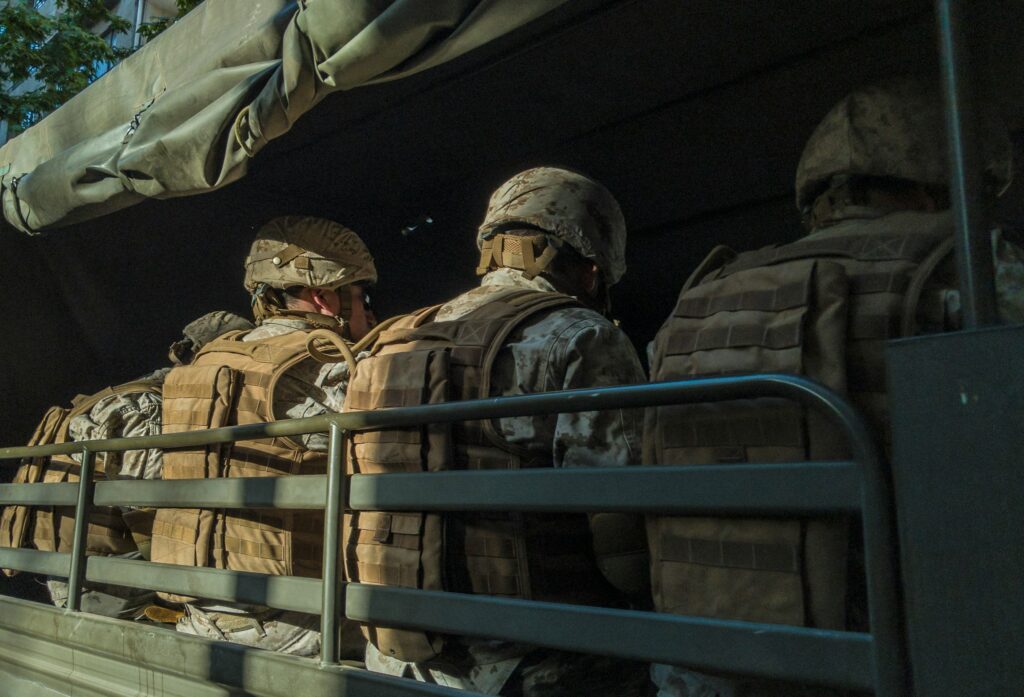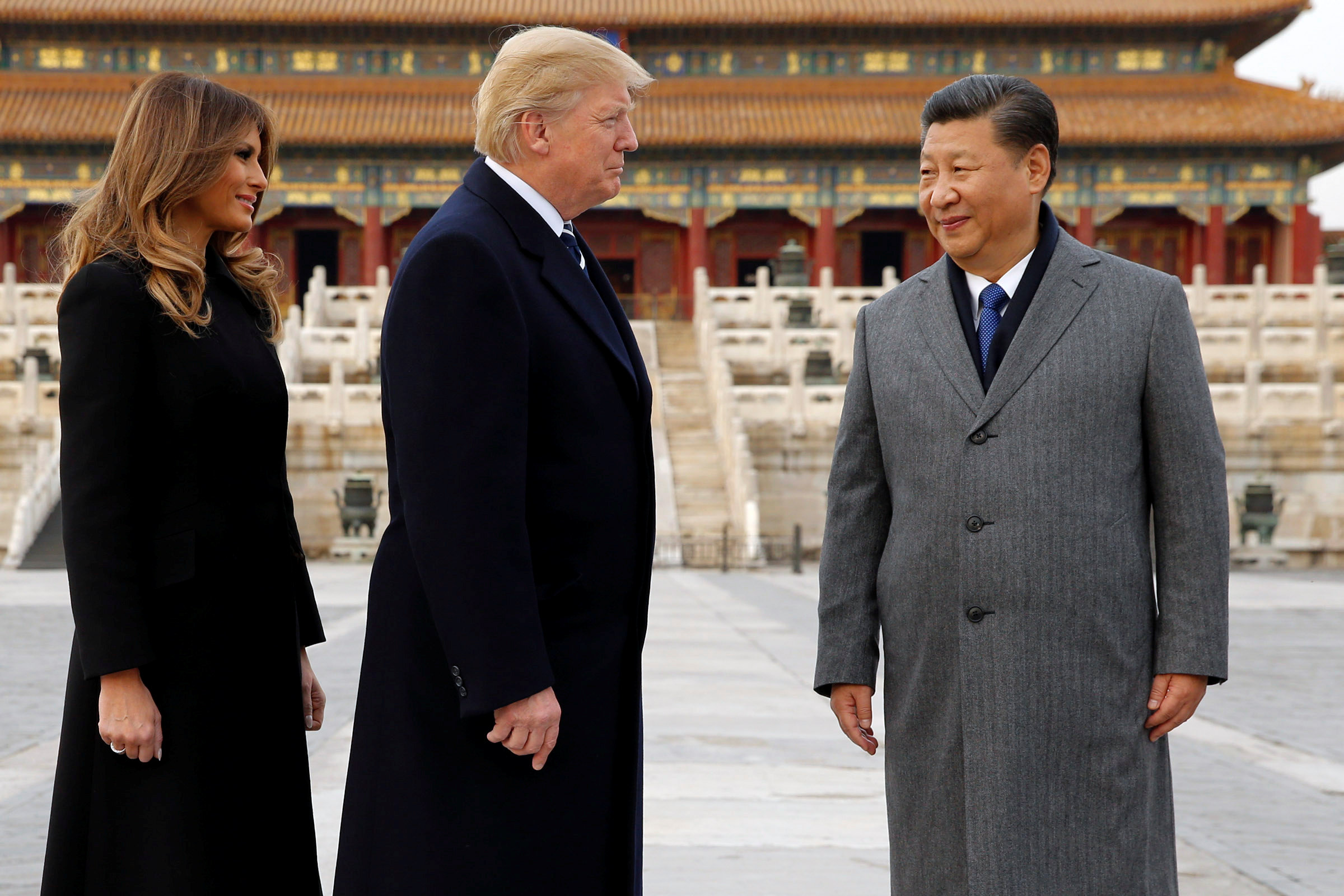Alright, folks, buckle up—because as of right now, 12:41 PM EEST on July 6, 2025, the United States is at war with Iran. Yeah, I know, that might send a shiver down your spine, spark some curiosity, or even leave you muttering in frustration. Whatever your take, it’s happening. Funny thing about timing, though—I wandered into this forest today to shoot a video about the U.S. gearing up for this very conflict, piecing together military and political signals that screamed trouble. Then, mid-trail, my phone buzzed with the news: U.S. bombs had just hit Iran’s nuclear sites. Talk about a plot twist I didn’t see coming!
So, what’s driving this? Three big questions are buzzing around, and I’m diving into them. First, why’d the U.S. strike Iran’s nuclear setup? Second, are those reasons legit, or just a convenient excuse? And third, what’s next—should we be bracing for a bigger mess? Let’s start with the “why.” Officially, the U.S. is acting on Israel’s intel, which claims Iran’s days or weeks from a working nuclear warhead. For decades, Iran’s threatened to wipe Israel off the map—and thrown some shade at the U.S. too. Israel decided now’s the moment to hit those facilities hard, and once they started, the U.S. got dragged in. See, Israel ran into targets—deep underground bunkers—that only U.S. B-2 stealth bombers with specialized bunker-busting bombs could touch. A ground op? Unlikely, with surprise out the window amid this chaos. If the U.S. sat this out, Iran would’ve been bloodied but not beaten, likely racing to finish that nuke with whatever’s left. Once Israel pulled the trigger, the die was cast—U.S. involvement felt inevitable.
Now, the big debate: is this nuclear threat real, or a rerun of past Middle East fibs? Remember Iraq and those phantom WMDs? That mess started with a shady Iraqi defector feeding Britain intel to snag citizenship—turned out to be bunk. So, yeah, déjà vu’s on a lot of minds. Iran’s nuclear whispers have shifted fast. Just days ago, the U.S. wasn’t cheering Israel’s strikes, and Trump’s spy chief, Tulsi Gabbard, said her intel showed Iran had the parts for a nuke but no green light to build one. Then, bam, Trump flips, saying there’s solid evidence and Gabbard’s off-base. My take? It’s less about her being wrong and more about different lenses. Israel saw the components as a now-or-never strike; the U.S. hesitated until the evidence—or pressure—tipped the scales. And here’s a thought: Trump’s not exactly itching for this. Polls I saw (granted, they might’ve shifted in the last 24 hours) showed only 16% of Americans back intervention, with over half against it—even among his supporters. If he’s jumping in, he must believe the threat’s real, right? Still, the timing’s fishy. The U.S. was chasing a new nuclear deal with Iran—talks that weren’t dead yet. Did Israel jump the gun, fearing a paper deal wouldn’t cut it? Or did the U.S. nudge them when negotiations stalled? Hard to say—those room secrets might stay locked up forever.
So, what’s ahead? Friends have been texting me, freaked out about a World War II redux or some global nightmare. Let me ease that worry: it’s not likely. Iran’s military’s taken a beating—key facilities gone, airspace now controlled by Israel and the U.S. Russia’s been chasing air dominance in Ukraine for over three years without luck; Iran’s lost it in days. They can lob missiles or drones at Israel—some will hit, sure—but escalating beyond their borders, especially to the U.S. or Europe, isn’t in their playbook. No nuke yet, and these strikes aimed to keep it that way. A regional war’s a bit more plausible, with media hyping it up, but even that feels like a stretch. Israel’s already dismantled Iran’s proxies—Hamas, Houthis, Hezbollah—leaving Iran’s ground game weak. Troops crossing Iraq or Syria? Good luck with that. Russia, Iran’s big ally, is too bogged down in Ukraine to care.
The real risk isn’t bombs—it’s economics. Iran might target oil tankers in the Persian Gulf or Red Sea, choking global trade or the Suez Canal via Houthi pals. But with U.S. carrier groups moving in, any disruption’s likely short-lived. The bigger story? Broader implications. Trump’s ordering strikes against an enemy, echoing Ukraine’s “total victory” stance he once criticized. He’s ditched ceasefire talk, putting the U.S. in a tricky spot after lecturing Kyiv. Could this Iran-Russia link—think weapons flowing to Ukraine—push the U.S. deeper into that fight? We’ll see some wild political debates here, maybe even beyond the Middle East. Already, the Republican Party’s splitting—half of Trump’s base opposes this, and spats with folks like Tucker Carlson are heating up. Trump’s war logic clashes with his old “stop the war machine” pitch. Violence to stop violent folks? Maybe. Where it leads, though—who knows, but it’s bound to get interesting.



